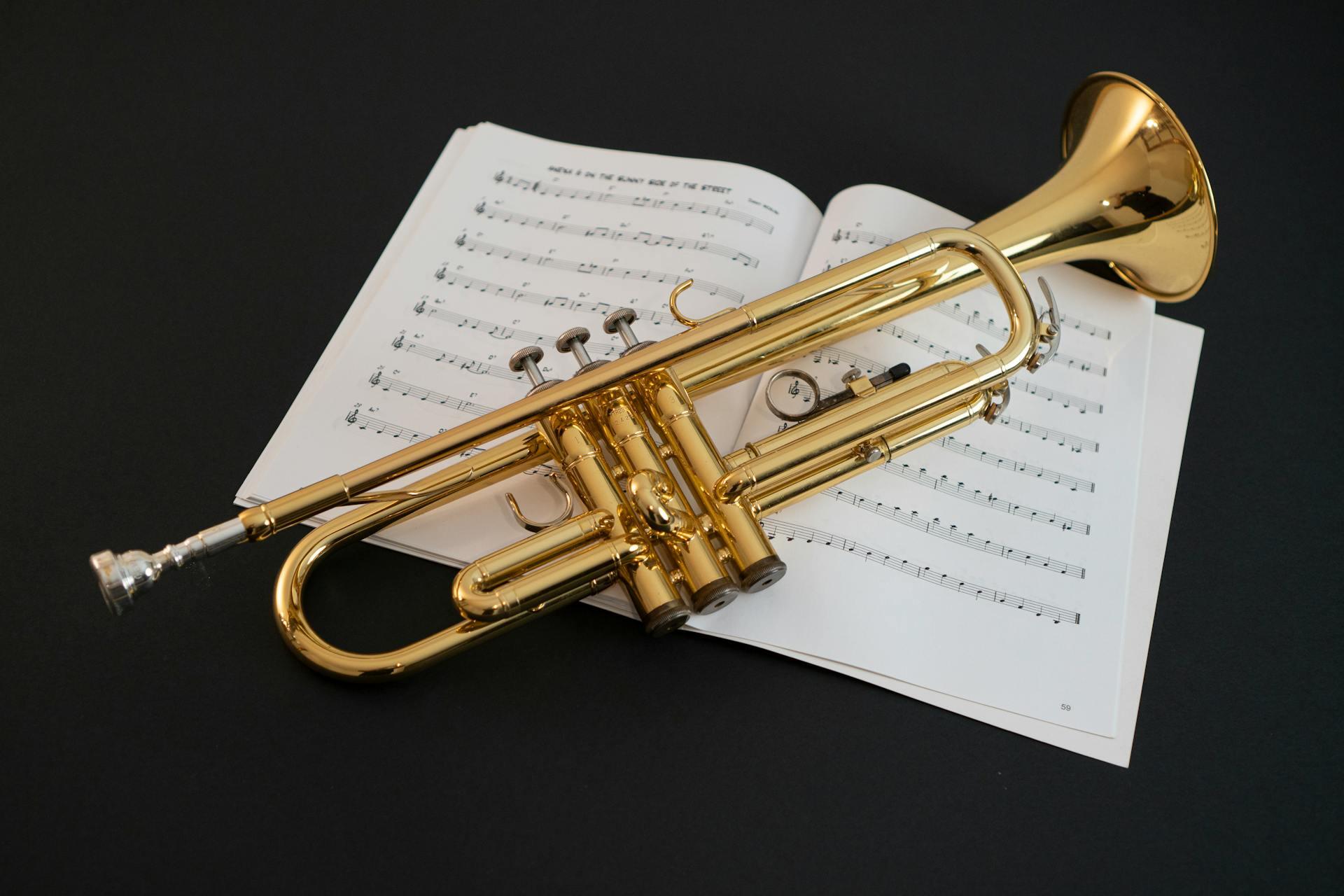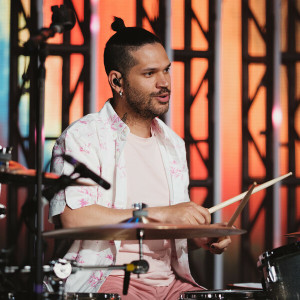Marching band music is unique in the world of arranged musical pieces. A march arranger needs to take into consideration the large number of musicians, many of them playing the same instruments, with a stage the length and width of a football field, plus intricate choreography to boot. Players must be able to synchronize and play unwaveringly, while executing various dance and march movements, and be able to sustain their breath for both athleticism and playing their instrument. So, what are some popular march songs you can choose, and how do you decide what's right for your band? Read on to find out more!

The History of Marching Band Music
The concept of marching bands is rooted in ancient history. The construct is based on the ancient tradition of using drums (and later, fifes and bugles) as a morale boost for soldiers and a method of directing troops in battle. The tunes were simple and easy to recognize, so soldiers would know what message each melody was conveying.
As time went on, the tradition grew, emphasizing the musical aspect paired with marching, outside of the battlefield. They became standard fare for ROTC programs in schools and colleges as a way to continue tradition. Plus, musical skills were still practical in the military at that time (18th-19th centuries). This era of marching band is a bridge to the style we usually associate the term with today.
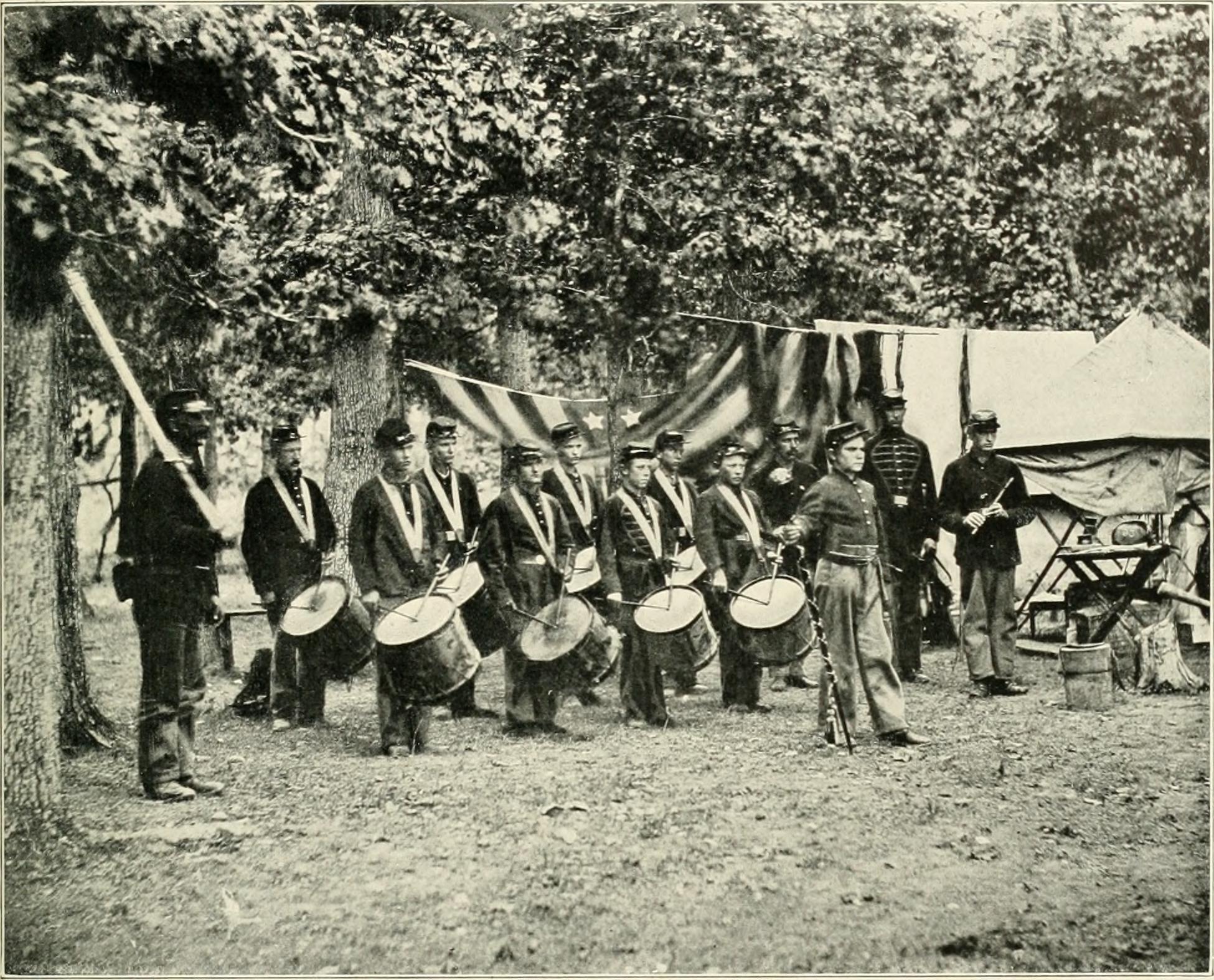
In 1845, the University of Notre Dame Band of the Fighting Irish was established. It was the first band to perform at a football game (1887), cementing the idea that marching bands and sports go hand in hand, creating more opportunities for non-military connotations.
Naturally, the artistic sport grew and evolved.
First, the sport used the traditional military arrangements as inspiration, then expanded into other well-known tunes like “Americans We” and “Strike Up the Band.”
With the invention of the radio, phonograph records, and "talkies", it became common to use an arranger to write march renditions of popular music.
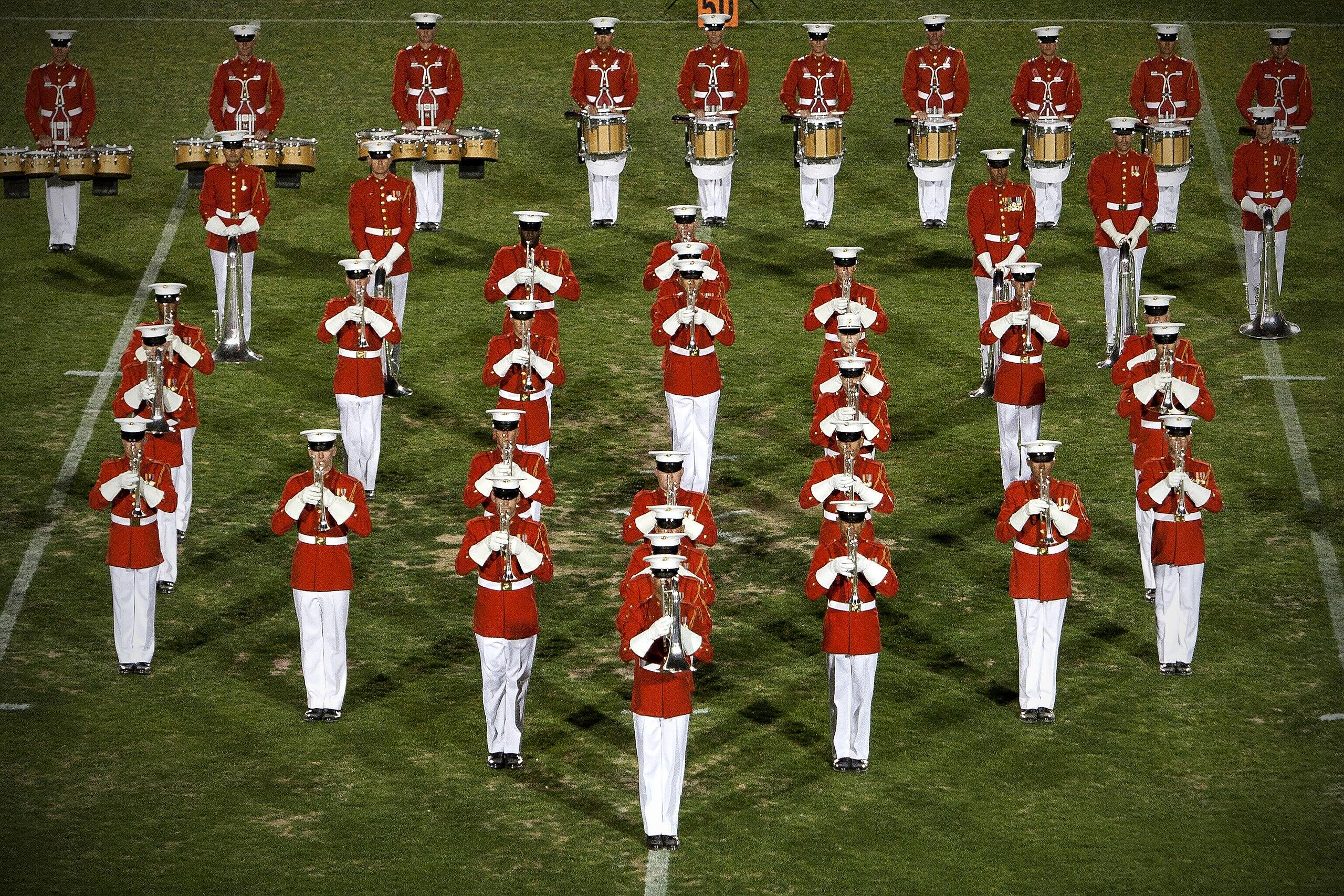
Songs such as “America the Beautiful” and “Blue Suede Shoes" were popular adaptations.
Competitions began to be held; therefore, there was more opportunity for bands to create original compositions as well as band versions of popular melodies.
Today, the tradition continues with marching bands at all levels (middle school, high school, collegiate, adult, and mixed/recreational ensembles) playing an assortment of classic military marches, expanded traditional selections, contemporary popular song adaptations, and original numbers.
Marching Band Music: Key Components and Characteristics
In a way, a marching band is like a quartet made up of the brass, woodwind, percussion, and auxiliary sections.
The brass and woodwind sections act as the melody, harmony, and bass, and the percussion and auxiliary act as the, well, percussion.
When writing (if you're an arranger), selecting, and/or rehearsing a composition for a marching band display, there are a few key things to keep in mind. The sound of a march is meant to swell and fill a stadium as big as a football field, so the selection must suit the needs of a marching ensemble.
The Range of Brass and Woodwind Instruments
Each instrument in the brass and woodwind sections can fill a specific part of the musical register. For example, the piccolo and flute can both fill the highest notes, while the alto saxophone and mellophone can cover the mid-tones, and the tenor sax and sousaphone can fill the lowest notes.
Additionally, the tonal percussion instruments (mallet ones like the marimba, for example) can also carry a tune in a variety of octaves.
Keeping all this in mind, a marching band arrangement will utilize all instruments in the wind section to carry the melody, harmony, and countermelody in turns.
Historically Black Colleges and Universities typically feature more selections in the realm of jazz, R&B, funk, soul, and hip hop, sticking closer to the school's (and the students') musical heritage.
Percussion Is the Forefront
Although many might think that the instruments that can hold a longer note are the ones leading the direction of a march, for marching band, the drums are the foundation. Each type of drum, from snares to quads to bass, is responsible for a different and crucial element in the underlying beat. The crash cymbals also fill an exclusive role that no other instrument can emulate. Without a strong drumline part, the sound will fall flat.
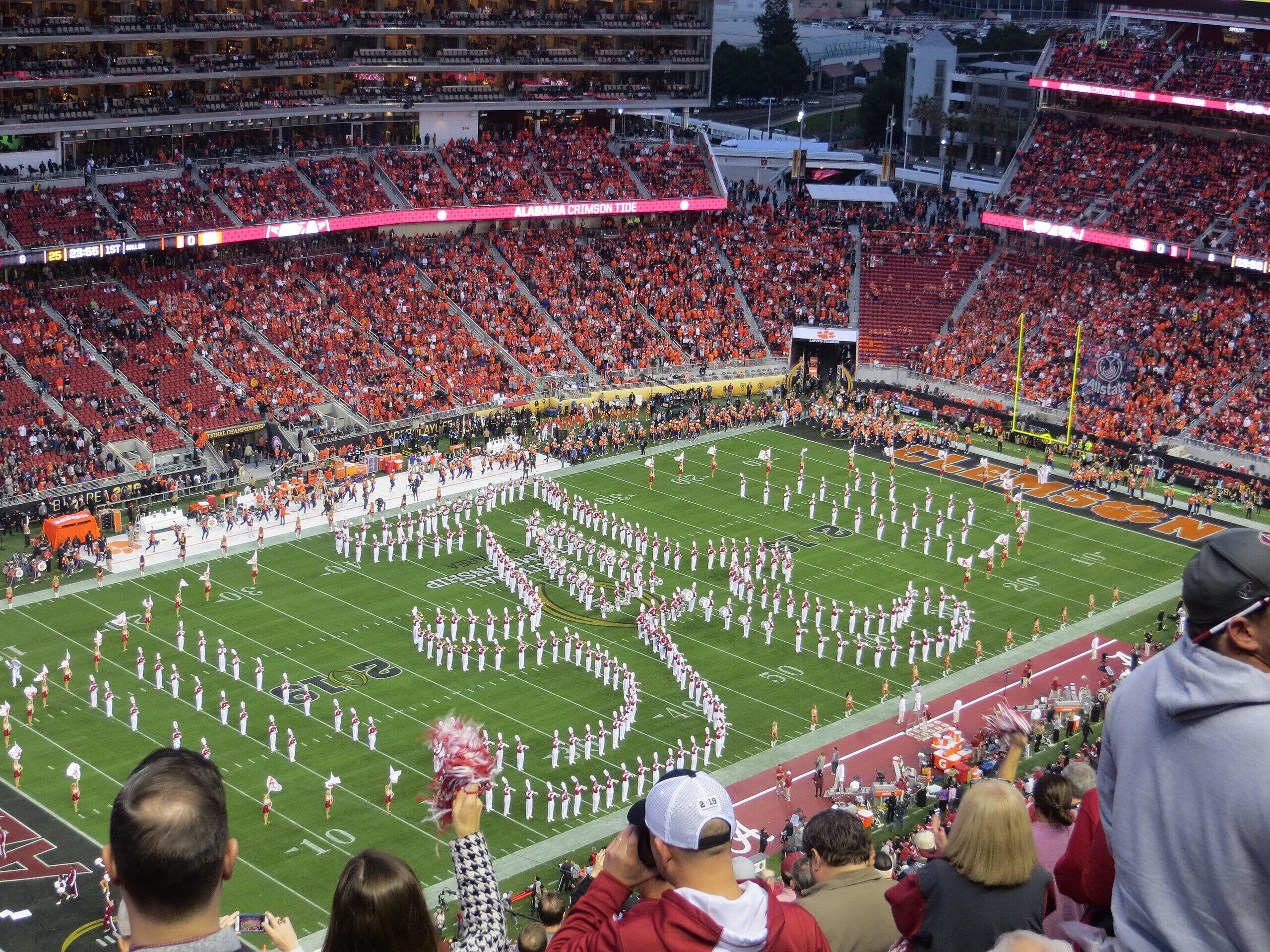
The Melody and Harmony Travels
Rather than have one instrument (or several) carry the melody or harmony the entire time, marching band music has the different elements of a song switch between sections, rippling through the formation. This creates a unique musical experience unlike other types of bands and ensembles. It also gives different sections a break, a chance to breathe, and allows them to perform more complex choreography. It also helps boost morale, as each section gets a chance to be the focal point.
Simplify and Modify
Translating a song that wasn’t originally created for a marching band isn’t as simple as creating a cover version. Since the marching band needs to pass the melody around, plus accommodate for choreography, and will typically have upwards of 100 players, the tune cannot be as detailed and complex as the original material (in most cases). It takes a talented arranger to transform a radio song into a march.
An arranger must eliminate overly complicated phrases, cut up long notes into quarters or halves (to accommodate players' breath), and include only the best parts of the song to keep the whole arrangement under 3 minutes.
Additionally, if the march is meant for students in a young grade, the arranger will need to further simplify the song.

Best Marching Band Performances to Inspire You
Ranking the best marching band performances is an impossible task for many reasons: not every show is recorded (and if it is, the quality might not be very good), it’s impossible to see every performance put on since the invention of video recording, and the quality of a routine is very subjective.
But we can round up some of the most memorable ones that have helped popularize marching bands! Collegiate shows are generally the ones that get the most attention, so we looked only at a handful of the most popular displays by college and university bands.
Ohio State - Michael Jackson Tribute (2011)
2011 was an exciting year for marching bands and Michael Jackson tributes. The USC Trojans also put on a memorable show featuring “Thriller,” which was viewed by millions on YouTube.
But Ohio State (the best in collegiate marching) added an extra element with their signature “animated” formations. Their MJ Medley included a moonwalking figure, complete with a tipped hat and white glove.
Ohio State - Movie Tunes (2013)
Often referred to as the “Disney Tribute,” this medley routine actually featured themes and “animations” inspired by several animation production studios.
The instrumentation and arrangement for this routine, paired with the exceptional choreography by the band and the drum major, make it an unforgettable experience. When a musical arrangement is done well, it truly enhances a display.
Michigan Marching Band - Beyoncé Performance (2013)
What was so impressive about this spectacular show was that the band was able to get Beyoncé herself to actually endorse the routine with a pre-recorded message, shown before the band started playing. That, combined with the excellent arrangement and instrumentation, plus the choreography and laser light show, created a truly next-level experience. The crowd is sure to remember the experience for years to come!
Texas A&M Fightin’ Aggie Band - Various
The Aggie Band always put on a great show due to their incomparable precision in instrumentation and formations. The biggest military marching band in the world, the Aggies are trained to march with accuracy down to the inch, meaning they can pull off tight drills that other bands can only dream of.
Here’s an example of their perfection in action.
Most Popular Contemporary Marching Band Songs
What are some of the most popular melodies for bands to play? The answer changes with the times, but there are a few classics that still hold up year after year, for most grades, for both regular class practice and rehearsals.
Here are some examples of marching band music popular songs to consider if you’re choosing a piece for your band class:
- Seven Nation Army
- Livin’ on a Prayer
- Star Wars Themes
- Call Me Maybe
- Thrift Shop
- APT.
- Die With a Smile
- Paint It Black
- Espresso
- Stars and Stripes Forever
- Semper Fidelis
- Welcome to the Black Parade
- Sweet Caroline
- Soul Man
- Gonna Fly Now (Theme From Rocky)
- We Will Rock You
Look for a series from your favorite arranger to fill out your band's rehearsal class. You can find series for every grade, from lower elementary (1st grade to 3rd grade) to high school (10th grade to 12th grade), and beyond.
When searching for a suitable piece, you can always search to see what sheet music some of the top arrangers have available for purchase. Arranger talents you should know about in the world of marches include:
- Joshua V. Hinkel
- Marty McCartt
- William Pitts
- Lewis Norfleet
- Leslie Gilreath
- Paul Murtha
- Marty McCartt
These masters in the arranger world have created many series for every grade to explore in class. McCartt, especially, wrote one of the most-used band music series, Black and White, which is used by many schools to teach ensemble arrangements to any grade.
An arranger is a person who adapts existing pieces to suit the specifications required for marching bands to perform them. Composers create original marches for marching bands to play.
How to Choose a Song for Marching Band
Now that you know more about the history of marches, the reasoning behind the music's qualities and arrangement, some popular tunes to use, and where to find them, how do you decide which songs to go forward with?
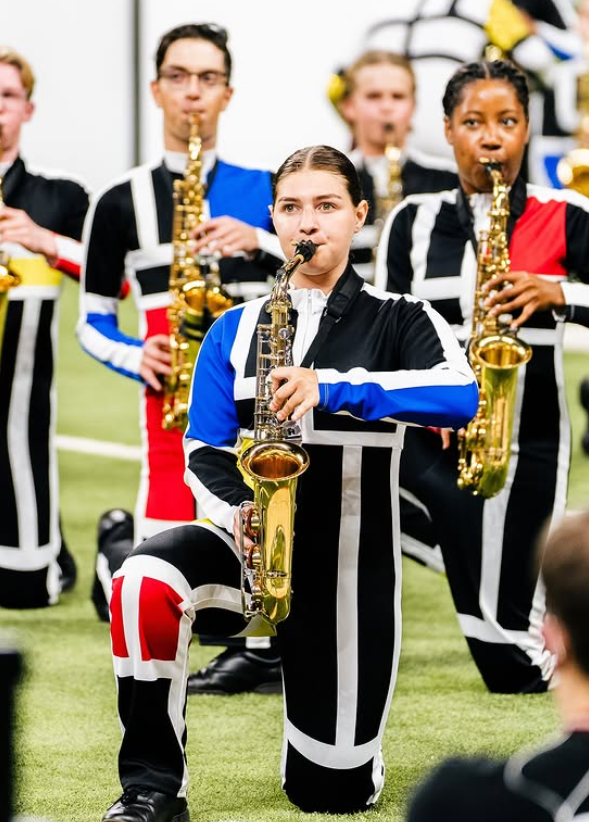
Band directors only have a short time to decide what piece to practice, since it can take months to get the band into shape in both the musical and visual components of an upcoming performance.
Especially if you're preparing for a competition rather than a halftime show, a director will need to be decisive.
Choosing a piece that is suitable for your band's level is imperative.
Too easy, and the players and audience might feel a little bored. Too hard, and the players will no doubt feel discouraged.
When choosing a song, keep these key points in mind:
- Evaluate your band's skill level with some easier pieces in early rehearsals and get a feel for their strengths and weaknesses.
- Choose a song with an upbeat tempo: a slower pace can cause dragging or rushing with different players and sections.
- Pick an interesting and recognizable tune to keep both the band and audience invested. Unless you're a high school band competing in the BOA or state championships, where more artistic visions are required, or a military band that requires pieces from the traditional series, choosing a popular song (either contemporary or classic) is sure to get everyone pumped up.
- If the band is still struggling to improve after a few practices, it might be wise to change the style or grade level of the song. The sooner this observation can be determined, the better.
Marching band music is a fascinating look into a special niche in musical arrangement. Bands can perform contemporary or traditional military arrangements to excite the crowd and the home team, and win competitions. Enjoy the journey as a composer, arranger, director, player, or fan!

